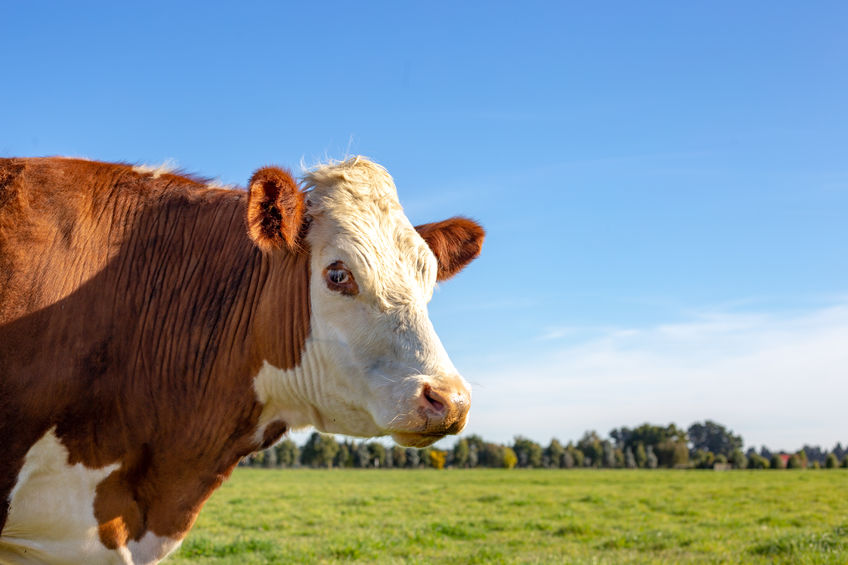In his article “Wyoming ranchers not sold on breeding cows that fart and burp less” in The Cowboy State Daily, Andrew Rossi gives a straightforward response on cows and their farts and burps vis a vis climate change.
The clamor on cattle emissions comes after a study published in the journal Climate, “Meta-Analysis and Ranking of the Most Effective Methane Reduction Strategies for Australia’s Beef and Dairy Sector”, In it, researchers came to the ludicrous conclusion that, as Rossi translated, “cows of the future can and should fart less than today’s ozone-battering bovines”.
Naturally, the study puts it in high-sounding rhetoric: “The aim of this research is to rank the most effective strategies to reduce CH4 emissions in Australia’s beef and dairy sector, in order to guide governments and decision-making processes for emission reductions in line with a 1.5C world, the desired outcome from the Paris Agreement. Ranking the most effective reduction strategies for Australia’s beef and dairy sector.” Understand that only 2% of all greenhouse gases produced in the U.S. come from beef cattle.
The Wyoming cattlemen have a whole lot more sense, and they don’t waste words. Their description of this is “Full of Hot Air.”
“Cattle have plenty of gas in their tanks. Methane is the byproduct of standing around chowing down hay and forage all day long. It’s just part of the deal; people love how delicious cows are, as well as the other products they produce. But some argue their digestive processes and manure decomposition is destroying the planet.”
Please explain to me how 2% of all greenhouse gases produced in the U.S. can be worth tinkering with the DNA of cows. Or that reducing the number of cows on farms is a solution to carbon emissions.” The Wyoming Cattlemen make more sense:
If cattle can be selectively bred for milk or meat production, there’s probably a way to breed a lineage of less bloated bovines. But even if possible, Wyoming ranchers may still see the premise as being full of hot air.
“You could get a cow with zero emissions,” Moline said. “But if the meat product is worthless, what good is it doing? You can’t sacrifice low emissions for good quality meat.”
Cattle have been selected for bone structure, marbling, milk production, muscle tone, and many other factors. But could cows be chosen by the frequency and ferocity of their flatulence?
Rossi concludes his article, “Like many who live in Wyoming, I wonder what this will do to the price of food or to the cost of government?”. “Somebody, somehow will have to pay for these illogical programs.”
We, the people are the somebodies who are already paying for these illogical programs.
To read the full article go HERE.
